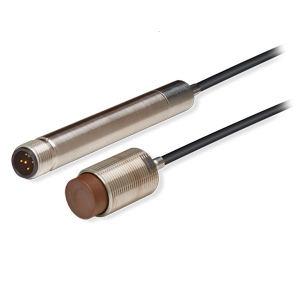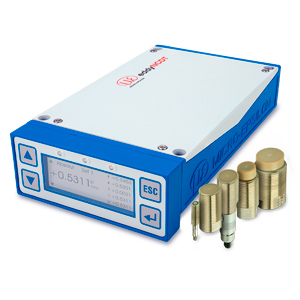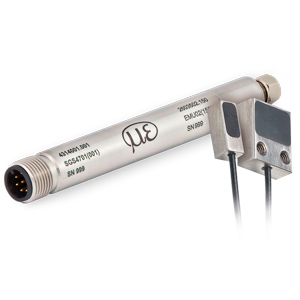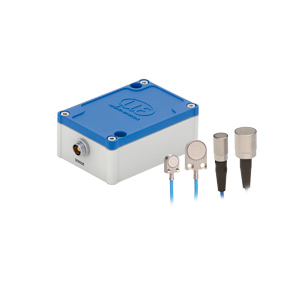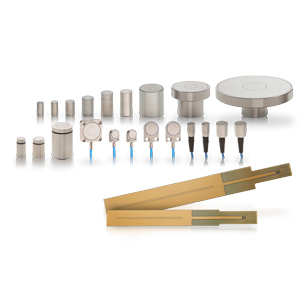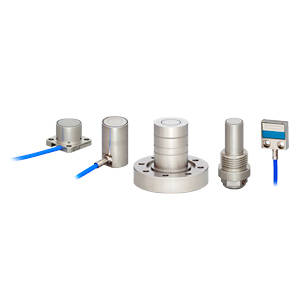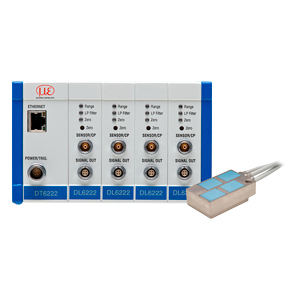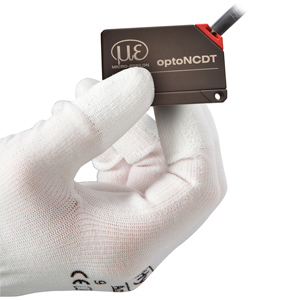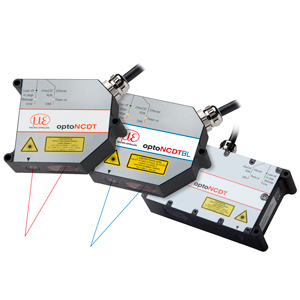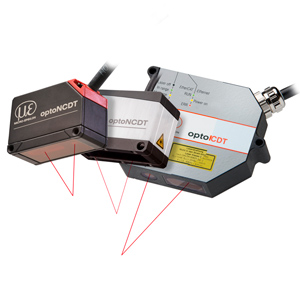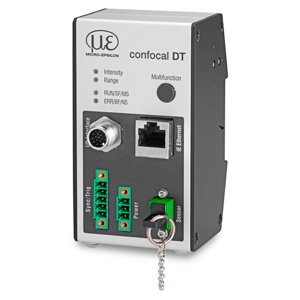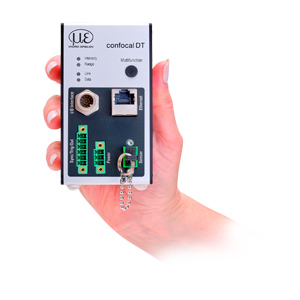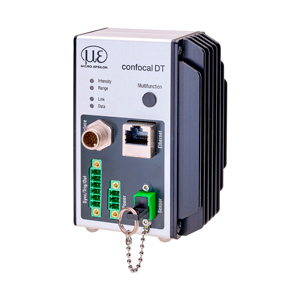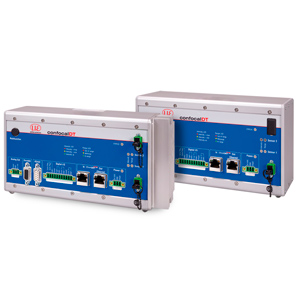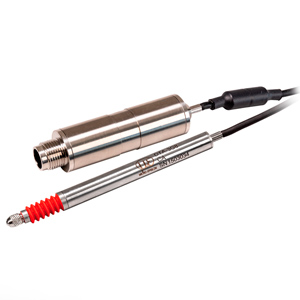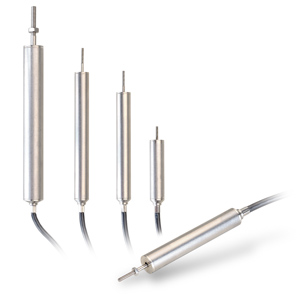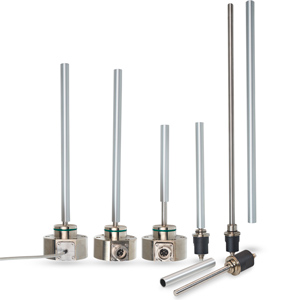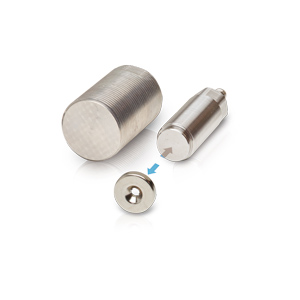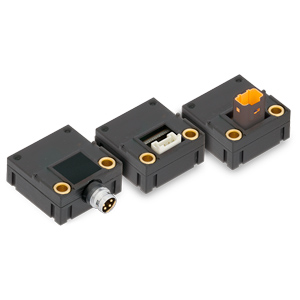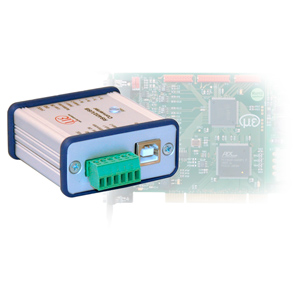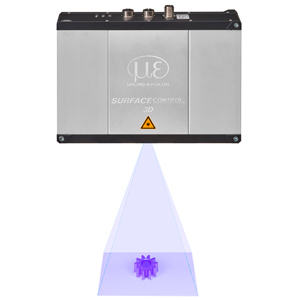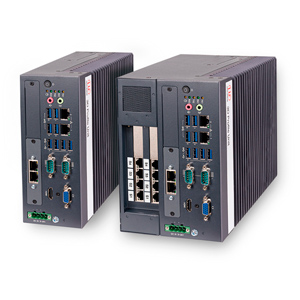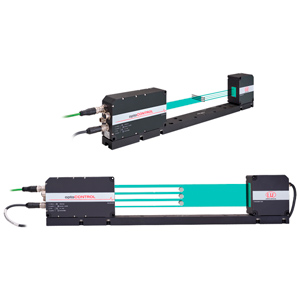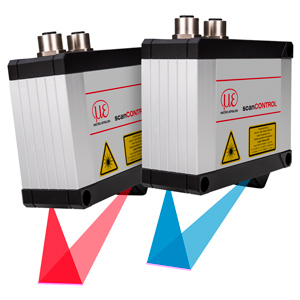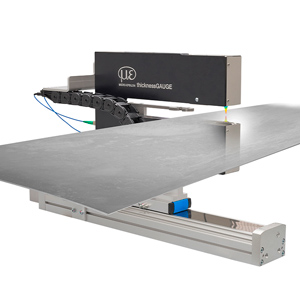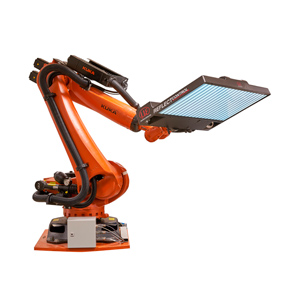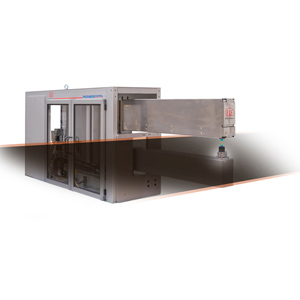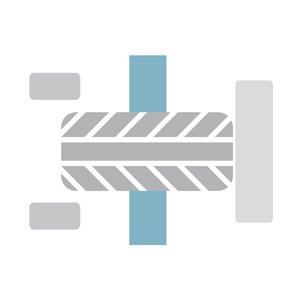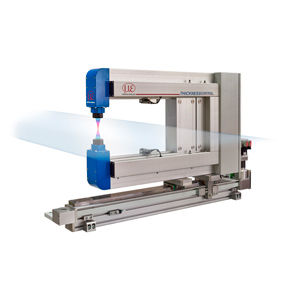In PCB manufacturing, extremely high precision and high production speeds are required. Smart displacement sensors can be used in pick-and-place machines, where they perform reliable quality inspection at micrometer accuracies. In PCB production, the sensors can also inspect the position of integrated components and measure the scribe lines of PCB panels, says Glenn Wedgbrow, Business Development Manager at Micro-Epsilon UK.
Whether a smartphone, medical device or machine tool – almost every electrical device has a printed circuit board (PCB). However, these devices are getting smaller, more efficient and faster, whereas the development cycles are becoming increasingly shorter. This also means that the boards must become significantly more powerful by using highly integrated components. Miniaturisation of switches and individual components, as well as ever increasing packing density, are essential elements to fulfill the required performance. In order to ensure that current – in the form of electrical energy signals or as information signals – easily flows through the components, exact positioning of electronic components is crucial. In PCB manufacturing, these must not only be in the right place but also on the right level in order to connect them properly. For smooth functioning, the components must not be tilted.


